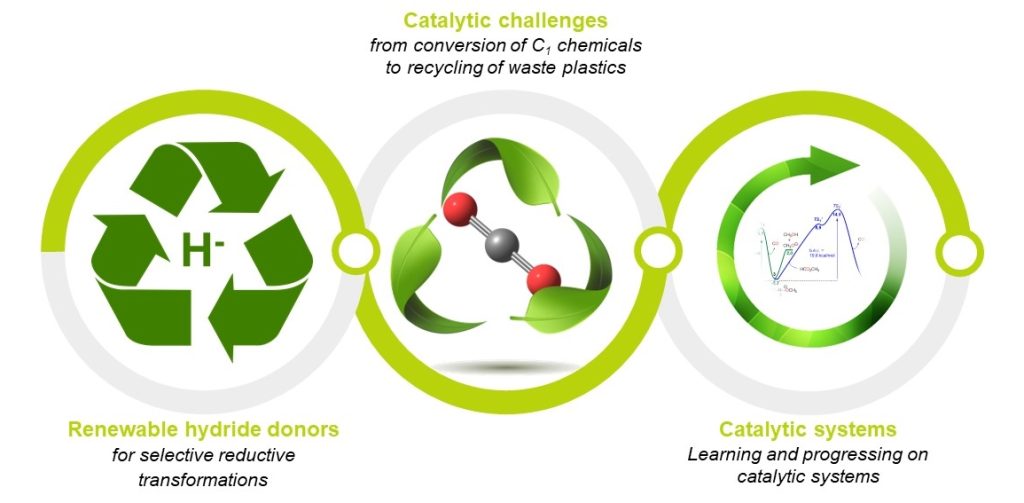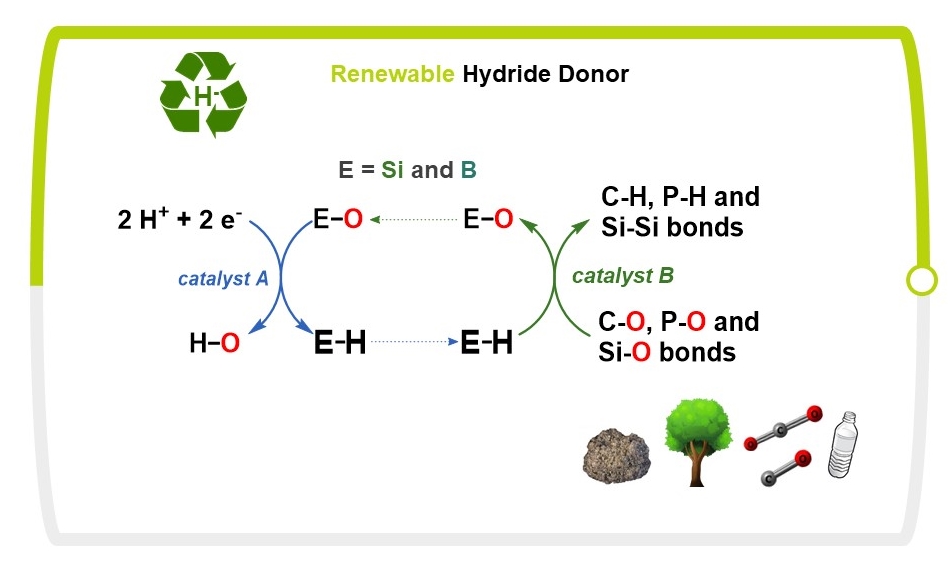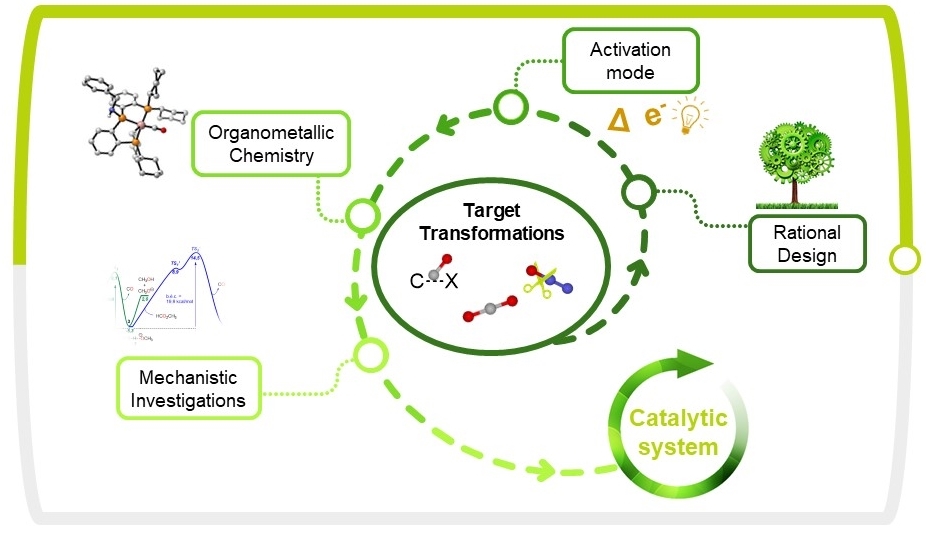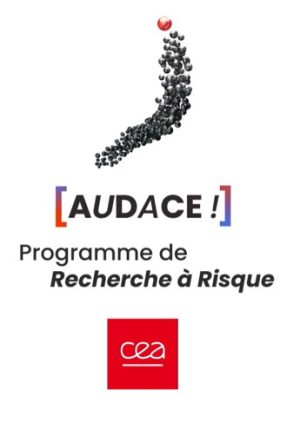
Renewable hydrides donors for selective reductive transformations
To build a sustainable chemical industry, the replacement of fossil feedstocks with renewable carbon, phosphorus and silicon sources should be encouraged. Such a sourcing shift represents a paradigm shift: while the development of petrochemistry has relied on the selective oxidation of hydrocarbons, the conversion of renewable feedstocks (e.g. CO2, phosphates, silicates or biomass) requires efficient reduction methods and catalysts to overcome their oxidized nature. Today, no reduction method meets the criteria for a versatile and energy efficient reduction of oxidized feedstocks. To complement the use of H2, we develop innovative and recyclable reductants based on silicon and boron compounds, and utilize them to tackle catalytic challenges in the reduction of C–O, P–O and Si–O bonds.


Catalytic challenges: from conversion of C1 chemicals to recycling of waste plastics
To build a sustainable chemical industry, the replacement of fossil feedstocks with renewable carbon, phosphorus and silicon sources should be encouraged. Such a sourcing shift represents a paradigm shift: while the development of petrochemistry has relied on the selective oxidation of hydrocarbons, the conversion of renewable feedstocks (e.g. CO2, phosphates, silicates or biomass) requires efficient reduction methods and catalysts to overcome their oxidized nature. Today, no reduction method meets the criteria for a versatile and energy efficient reduction of oxidized feedstocks. To complement the use of H2, we develop innovative and recyclable reductants based on silicon and boron compounds, and utilize them to tackle catalytic challenges in the reduction of C–O, P–O and Si–O bonds.
Learning and progressing on catalytic systems
Catalysis is a pillar of a more efficient, selective and circular chemical industry. Basic knowledge on and practical implementation of catalytic systems are the core of our research activities, targeting the use of renewable feedstocks based on sustainable and energy efficient reductants. Using thermo-, photo- and electro-catalysis, we investigate fundamental processes including reversible carboxylation/decarboxylation reactions, the insertion of CO into sigma bonds and the activation of N–O bonds. To achieve these goals, catalysts primarily based on organic and organometallic compounds are studied, using a combination of spectroscopic and computational (DFT) tools, to unveil their key properties and offer a rational design of highly efficient structures.






